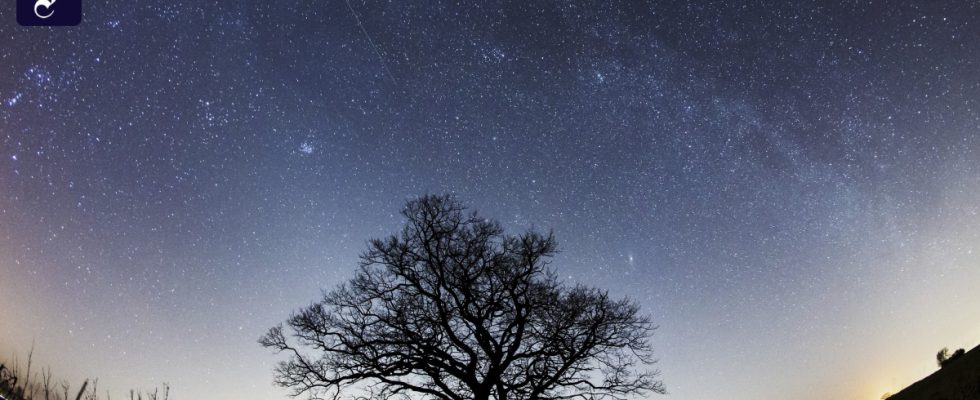DThe American space agency NASA is expecting a very bright so-called in the coming months Nova explosion. NASA said it was an outburst of brightness in the star system “T Coronae Borealis,” which is about 3,000 light-years away and only occurs about every 80 years.
Normally the stars in this system cannot be seen with the naked eye. During the eruption, however, the brightness of the Polar Star will be temporarily reached, astronomers expect. “T Coronae Borealis” will then look like a bright, new star. Something similar happened in 1866 and 1946 and a more recent one Investigation As a result, observations of “new stars” (Latin stellae novae) in the years 1217 and 1787 probably also showed the same cataclysmic variable, as astronomers also call such systems.
The exact time of the next outbreak is not known. But it is expected by September, NASA said. The “new star” will then shine in the striking constellation of the Northern Crown, which is located between the less conspicuous constellations Hercules and Bährenmützer. However, the region can only be seen in our sky during the night hours until the beginning of August. If the eruption occurs beforehand, it should be visible to the naked eye for several nights in a row and with binoculars for a little over a week.
“T Coronae Borealis” is a binary star system consisting of a so-called white dwarf star and a red giant. The former is the still red-hot remnant of a star that has already burned out nuclearly, while the latter is a star that is still burning in the late stage of its life, in which it begins to lose its outer layers.
The two objects are now so close to each other that large amounts of this hydrogen-rich and therefore nuclear combustible shell material flow from the red giant to the surface of the white dwarf, where they accumulate on its surface and heat up until a thermonuclear reaction occurs. similar to a hydrogen bomb. This is the eruption that can be seen from Earth in this case.
Unlike a type 1a supernova, which involves a similar process, the white dwarf in a nova is not destroyed by the detonation from its surface. After the outburst, it can therefore begin again to withdraw and accumulate combustible shell material from its red companion star until another nova outburst occurs. According to NASA experts, there are other such recurring novae in our galaxy.

